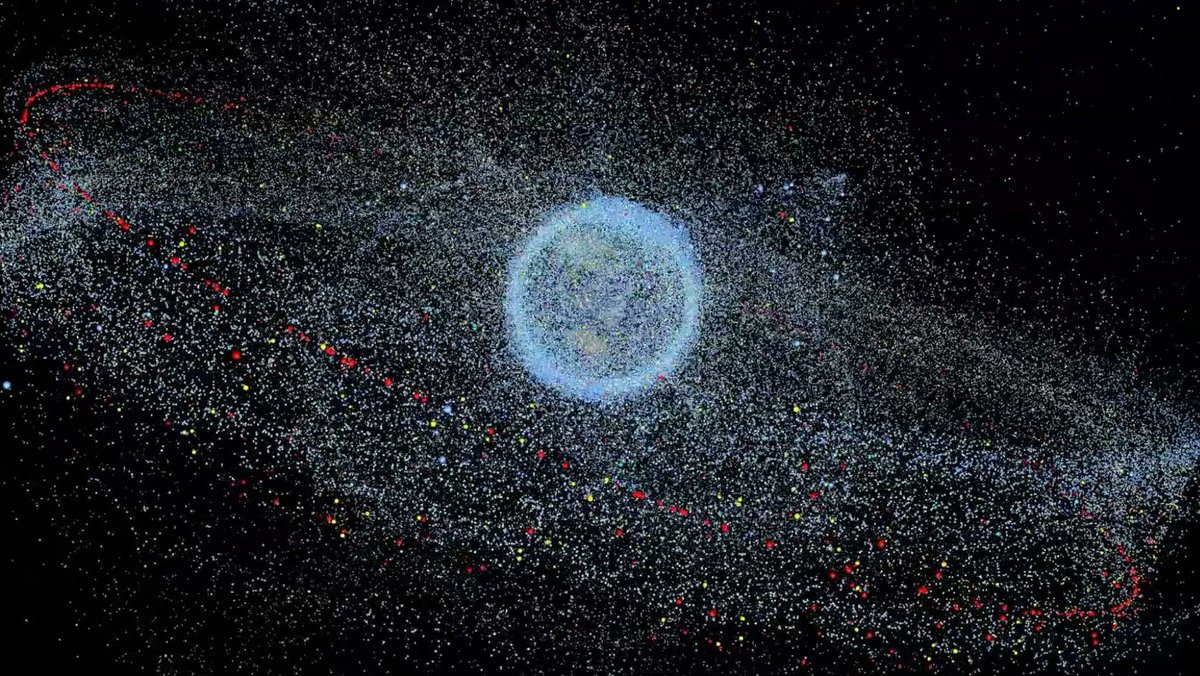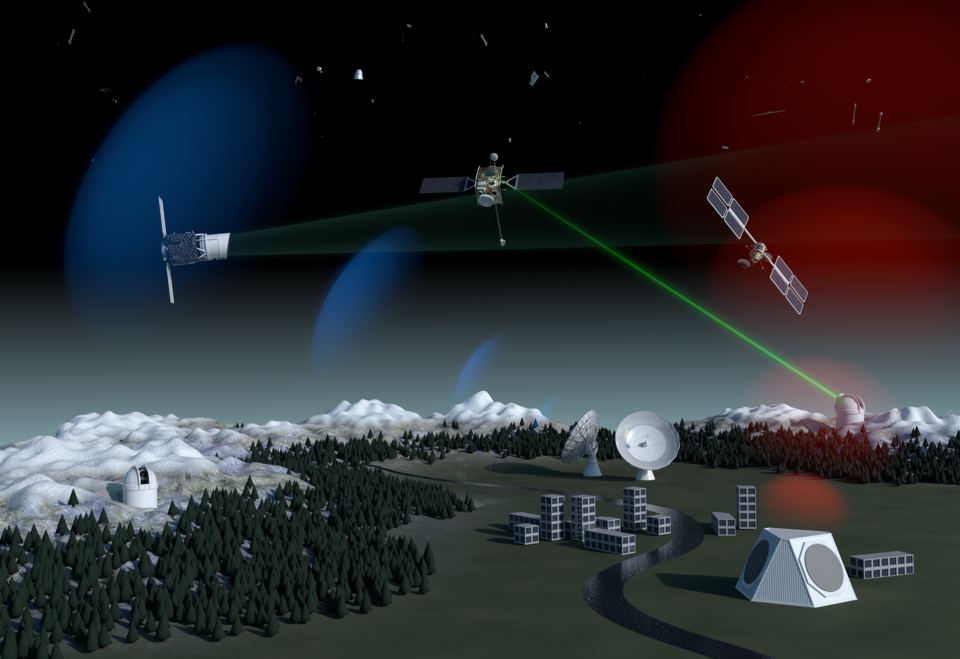Space debris is a major problem for space exploration. There are millions of pieces up there in orbit from flecks of paint to defunct satellites. It is a known challenge to space exploration creating a shell of uncontrolled debris which could cause damage to orbiting craft or astronauts. A team at Astroscale have a spacecraft in orbit whose singular purpose has been to rendezvous with a defunct Japanese upper-stage rocket module. On arrival it is to survey the debris to test approach and survey techniques to ultimately inform how we can remove them from orbit.
Continue reading “Astroscale Closes Within 50 Meters of its Space Junk Target”ESA Plans to Eliminate New Space Debris by 2030

What can we do about space junk? We know how much debris is in orbit, and we know the problem is getting worse. It’s our fault.
Our Earth now has a halo of orbital debris, and the ESA has a plan to stop contributing to the problem.
Continue reading “ESA Plans to Eliminate New Space Debris by 2030”What Would a Sustainable Space Environment Look Like?
October 4th, 2022, will be an auspicious day as humanity celebrates the 65th anniversary of the beginning of the Space Age. It all began in 1957 with the launch of the Soviet satellite Sputnik-1, the first artificial satellite ever sent to orbit. Since that time, about 8,900 satellites have been launched from more than 40 countries worldwide. This has led to growing concerns about space debris and the hazard it represents to future constellations, spacecraft, and even habitats in Low Earth Orbit (LEO).
This has led to many proposed solutions for cleaning up “space junk,” as well as satellite designs that would allow them to deorbit and burn up. Alas, there are still questions about whether a planet surrounded by mega-constellations is sustainable over the long term. A recent study by James A. Blake, a research fellow with the University of Warwick, examined the evolution of the debris environment in LEO and assessed if future space operations can be conducted sustainably.
Continue reading “What Would a Sustainable Space Environment Look Like?”A Chinese Space Tug Just Grappled a Dead Satellite
A Chinese satellite pulled a defunct navigation satellite out of the way of other satellites on January 22nd. The satellite, called SJ-21, appeared to operate as a space tug when it grappled onto the navigation satellite from the Chinese CompassG2 network. The operation details didn’t come from Chinese authorities but a report by ExoAnalytic Solutions, a commercial space monitoring company.
Chinese authorities are tight-lipped about the operation, but what can observations tell us about Chinese capabilities?
Continue reading “A Chinese Space Tug Just Grappled a Dead Satellite”First Laser Space Debris Detection Made… in Daylight
A new technique may prove to be a powerful tool in the battle to mitigate space debris.
As the Space Age continues into its seventh decade, space debris is now growing at an exponential rate. Most of this debris is in Low Earth Orbit (LEO), and ranges from bus-sized discarded rocket boosters and defunct satellites, to tiny millimeter-sized fragments.
Continue reading “First Laser Space Debris Detection Made… in Daylight”



